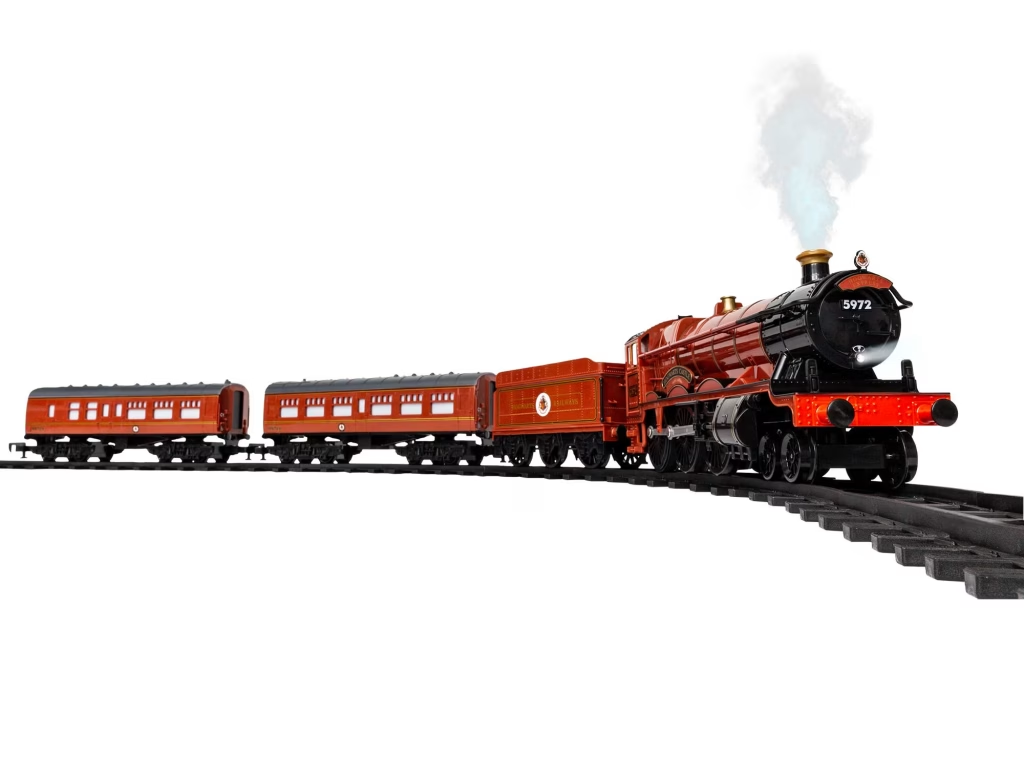
Lionel’s No. 7-12124 Battery-Powered Harry Potter Train Set is the perfect way to introduce youngsters to the wonderful hobby of toy trains. How do I know this? Because I used this exciting and entertaining passenger set to introduce my two young grandsons (ages 6 and 4 years) to operating electric trains. Believe me when I […]
Read More…
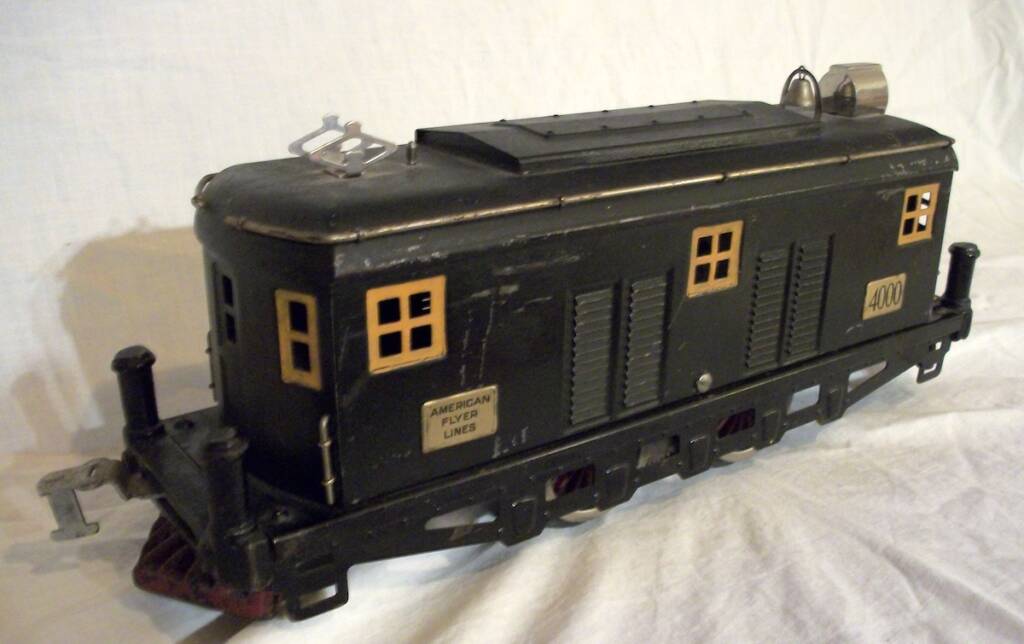
What do I collect? I collect original prewar trains in Standard and Wide Gauge, i.e. 2 1/8”. Lionel created the gauge in 1906, and called their trains the “Standard of the World.” Soon, Standard gauge caught on as a label, possibly to differentiate from other gauges at the time. When the Ives Toy Co. modified […]
Read More…
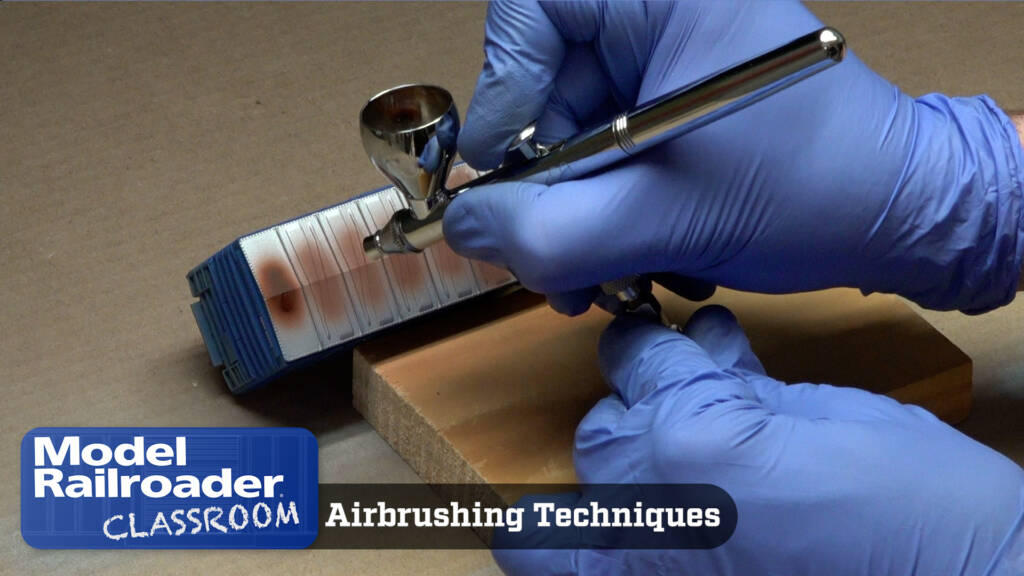
Freight Car Class: Lesson 4, Airbrushing Techniques | Unlock the versatility of your airbrush to transform stock models into realistic, weathered railroad replicas! This segment of the freight car series shows you how to use an airbrush for effects like faded paint, dust, grime, and rust. Learn how to work your double-action airbrush, how to thin paint […]
Read More…
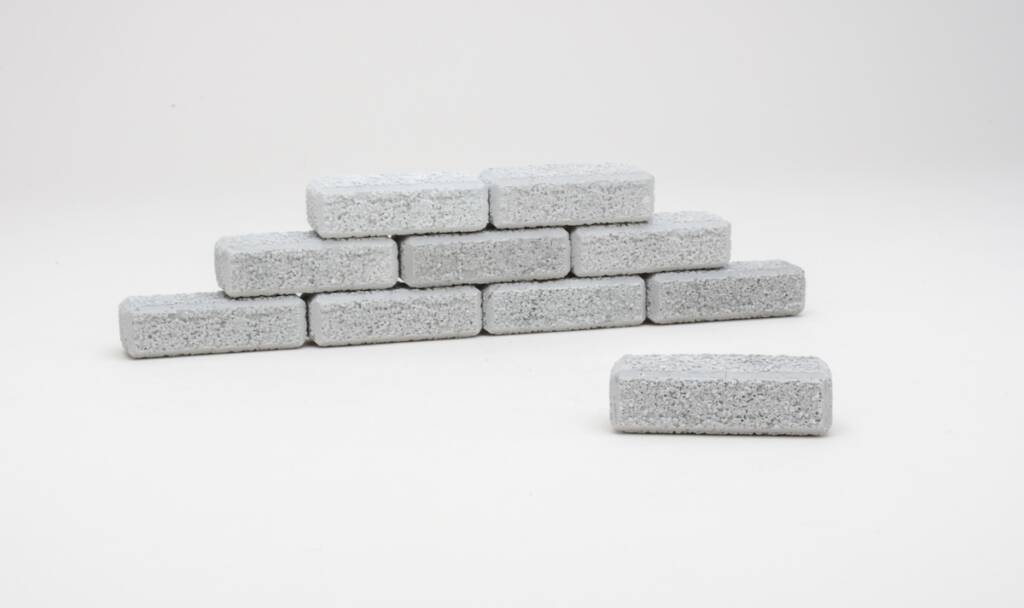
Menards has released an accessory that just about any layout, big or small, could use: concrete blocks. Each package contains 100 pieces of scaled blocks measuring 1¾” x ¾” x ¾”. A standard size block measures a nominal 8” x 8” x 16”, with an actual size of 15⅝” x 7⅝” x 7⅝”. At 1:48 […]
Read More…
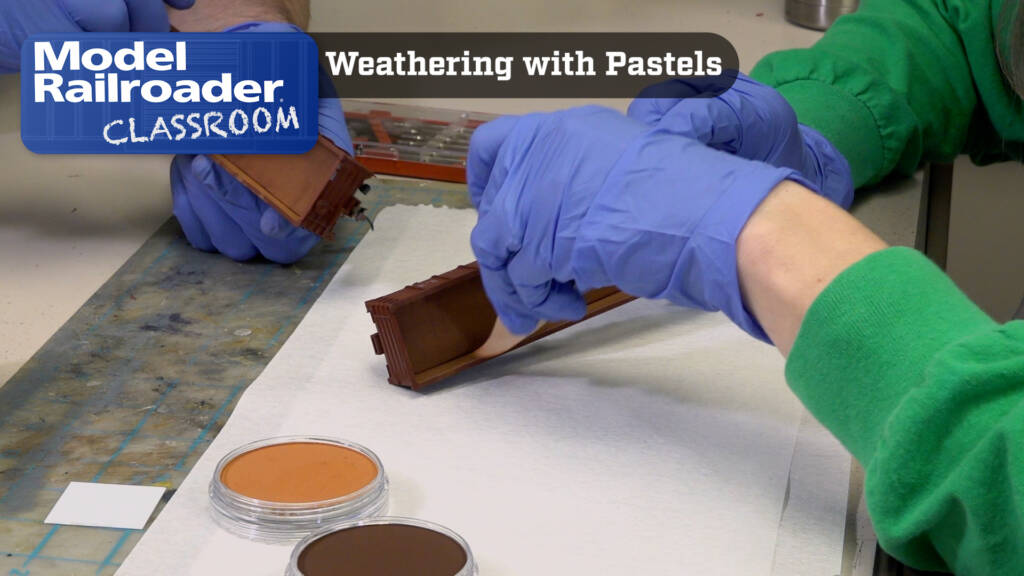
Freight Car Class: Lesson 3, Weathering with Pastels | Transform pristine products into well-weathered, prototypical models using various powdered pastel techniques! In this segment of the freight car series, you’ll learn how to apply powdered pastels with brushes, makeup applicators, and artist sponges to simulate realistic rust. Discover how to use two shades of rust pastel […]
Read More…
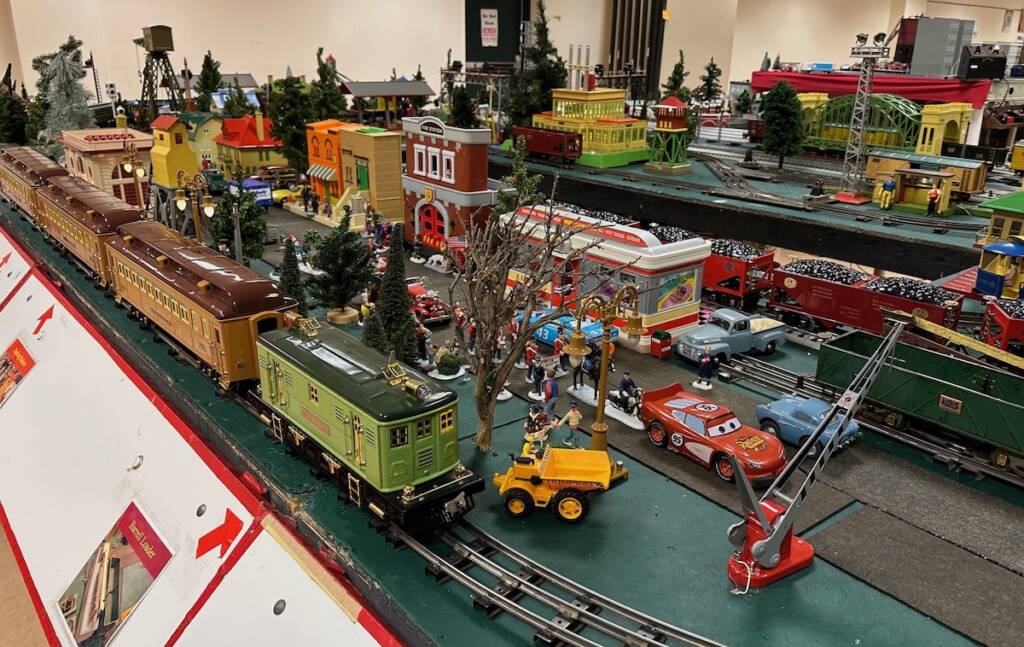
The Elizabethtown Public Library in Elizabethtown, Pa. has announced dates and times for the popular annual Train Guys Christmas Toy Train exhibit. The display is 65 feet long by 18 feet wide and capable of running 20 trains simultaneously. It features 53 pushbuttons on the display’s perimeter, where visitors can activate trains and accessories. New […]
Read More…
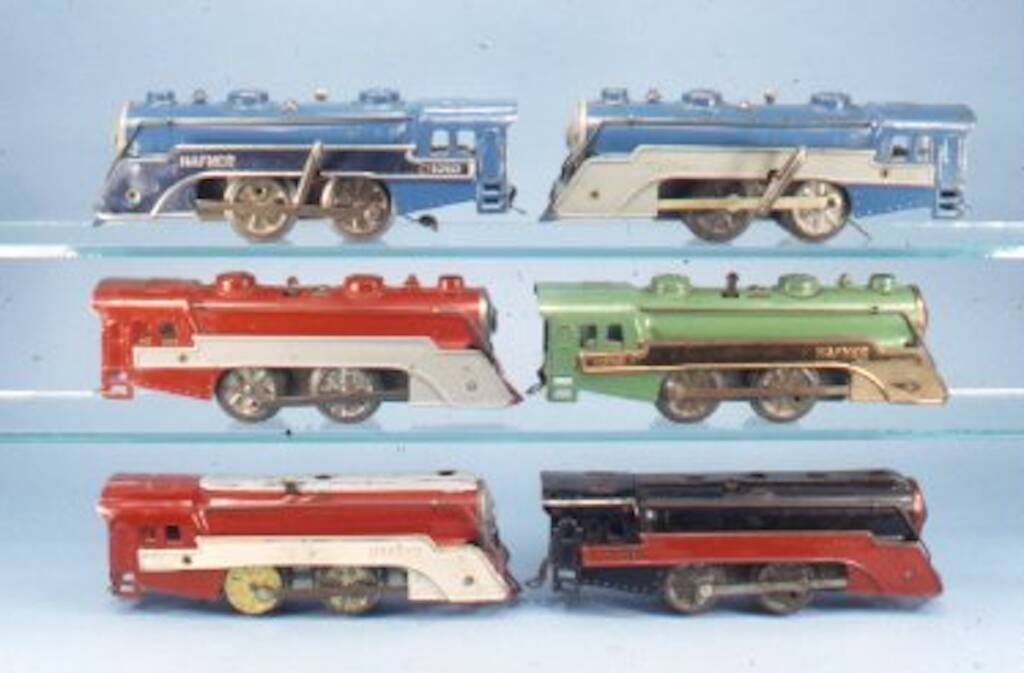
Former Editor Neil Besougloff purchased this manuscript in 2002, and wondered why it hadn’t been used. I found the answer while scanning the slides–the photo quality is not great. While the photos are not usable in print, I hope they find some value in this online version. I’ve also learned that author Peter J. Corrigan […]
Read More…
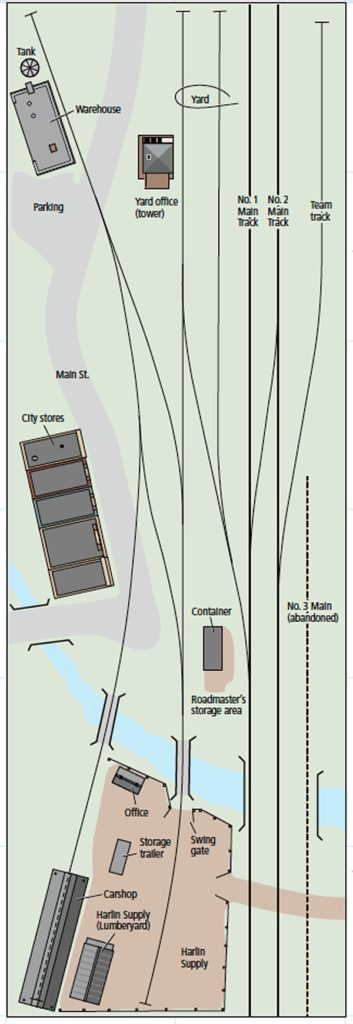
Let’s be frank, not all of us have the luxury of immense space for a massive model railroad empire. But that doesn’t mean you can’t enjoy the hobby, even in the most cramped room. By turning the pages of past issues and books by the Model Railroader staff, here are five recommendations for compact track […]
Read More…
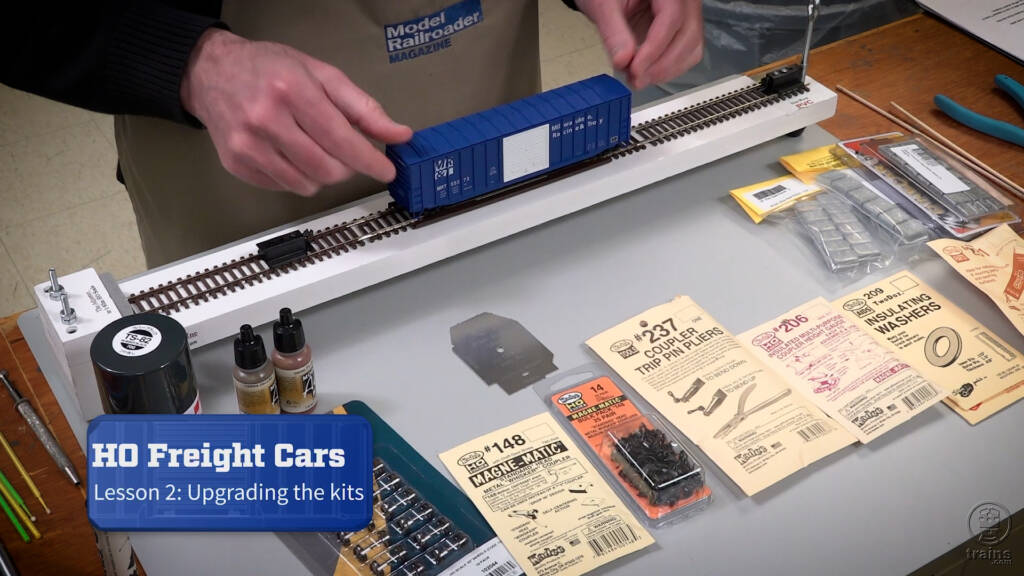
Freight Car Class: Lesson 2, Upgrading Kits for Better Operation | In this lesson, David shares essential steps for upgrading your model’s operation and realism. First, you’ll learn how to use the NMRA recommended practice (ARP 20.1) to calculate the target weight for your car, and how to install a peel-and-stick weight to achieve that […]
Read More…
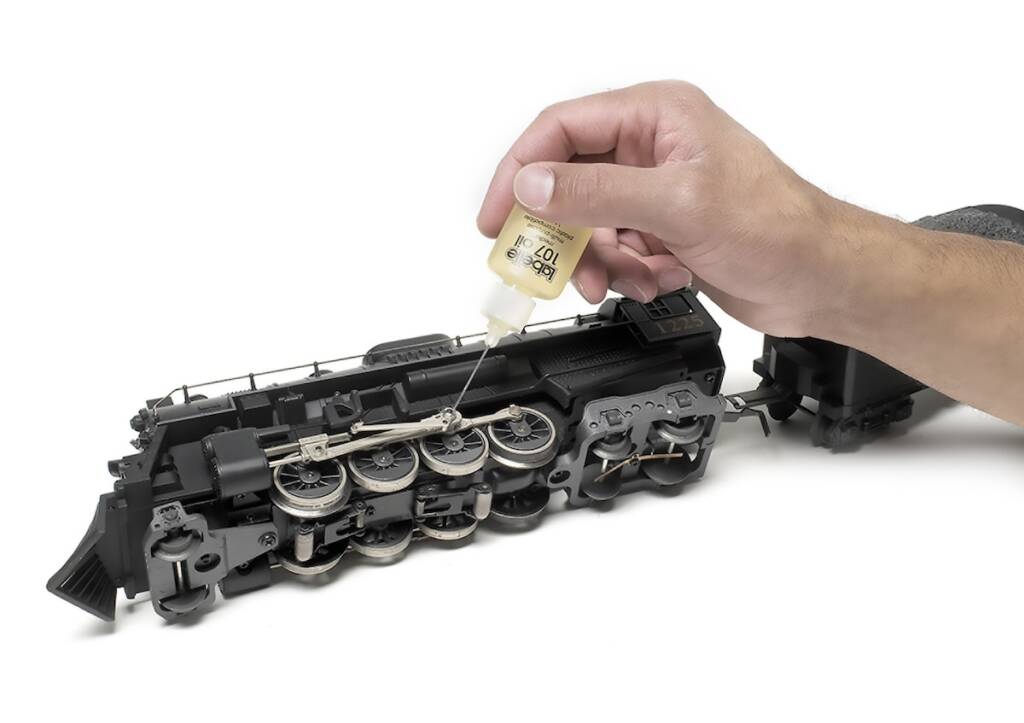
Christmas is just around the corner so it’s time to make sure seasonal train displays are ready to deliver holiday fun – toy train style! Let’s start with locomotives and rolling stock. Inspection, oil, and grease Before trying to run anything, I recommend doing a preliminary inspection. Now is the time to replace broken […]
Read More…
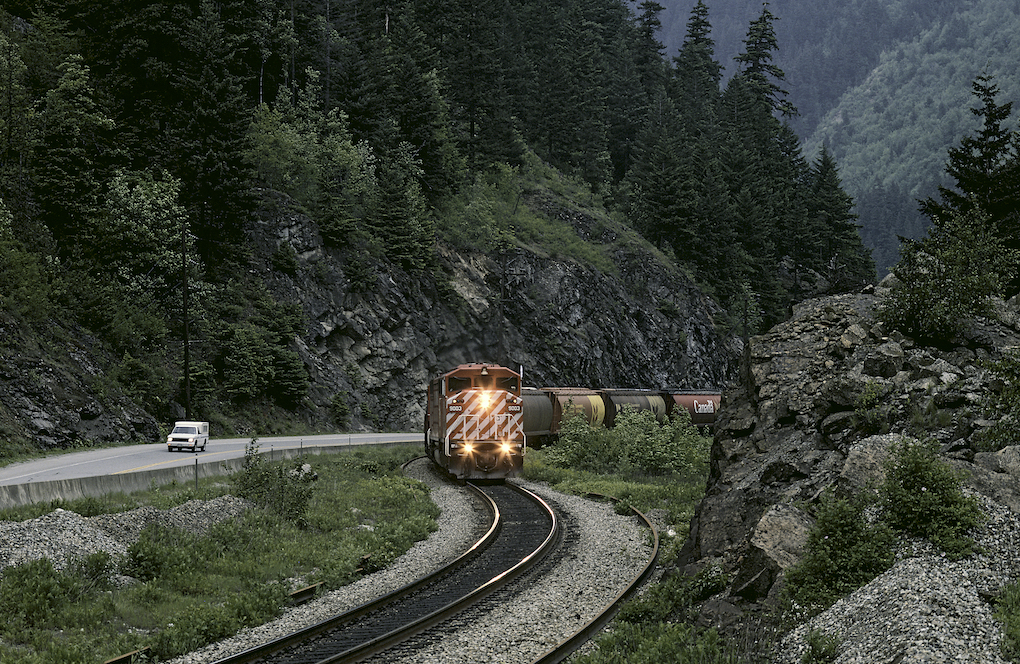
Soon after the first railroad bought the second locomotive it became apparent that some rules of the road were needed. There had to be a way to keep a following locomotive from running into the one ahead and to prevent head-on collisions when locomotives are moving toward each other on a single track. In the […]
Read More…
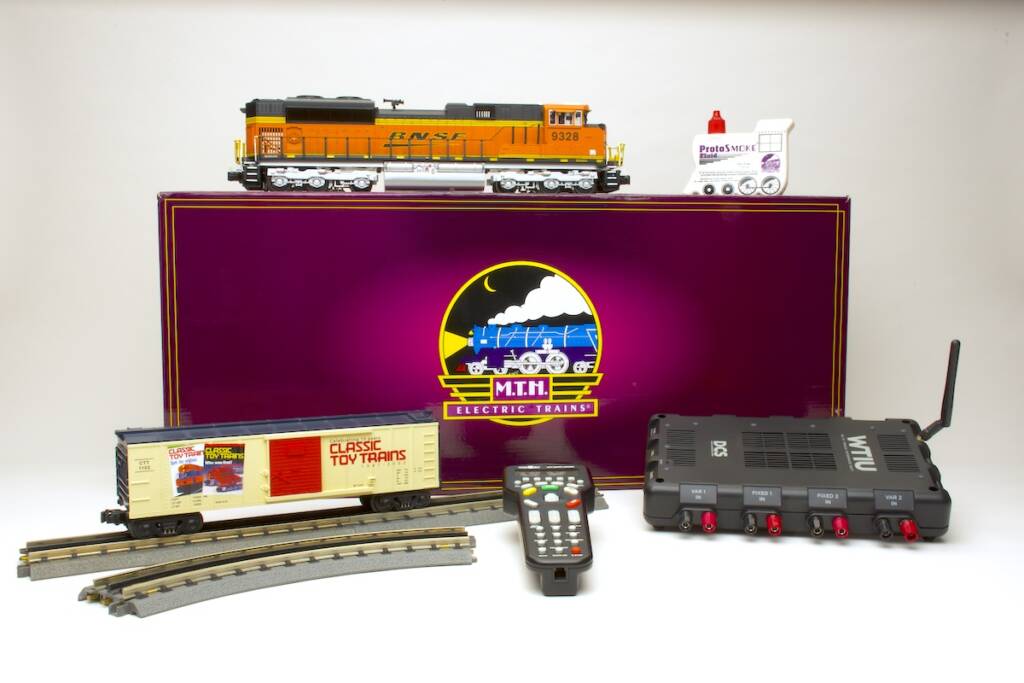
In 2020, MTH Electric Trains President Mike Wolf announced his May 2021 retirement and the subsequent closure of the company after 40 years in business. It’s now 2025, and MTH remains alive and well, continuing to produce products for the model railroad and toy train industry at a more modest pace in O, Standard, and […]
Read More…












